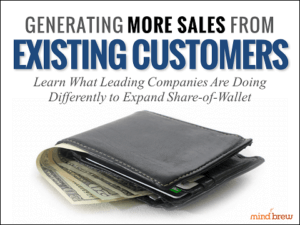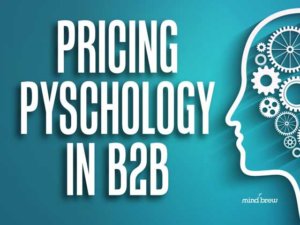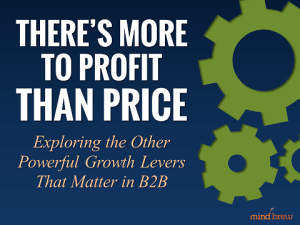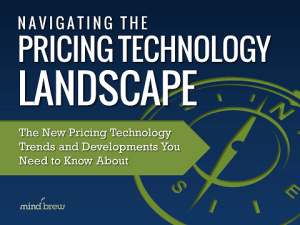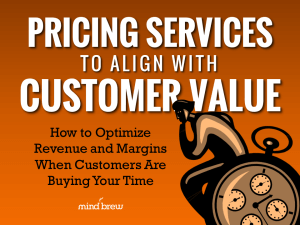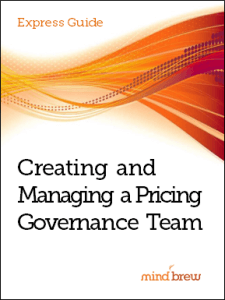Imagine for a minute that you are a butcher living in the early twentieth century.
Selling people meat at this point in history is a very personal business and quite a bit different than the way we shop for meat today. Townspeople come in and tell you what they want. Then you go in the back and cut the meat, wrap it in wax paper, and hand it directly to the customer.
You know that Mr. Jones like his steaks cut extra thick, and that Mrs. Smith likes her pork chops extra thin. You know that the Johnsons are expecting guests for Sunday dinner and that the Millers are cutting back on their order because Mr. Miller just lost his job. When it’s appropriate, you encourage your regulars to buy a little more — and they usually do because they like you and trust you. In general, you’re pretty sure that your customers are spending as much on meat as their budget reasonably allows.
Now, imagine how you would feel if someone told your customers could be spending 30 percent more.
You would have thought that was preposterous! After all, you know your customers very well, and you know what they have to spend.
In actuality, meat sales did climb about 30 percent in the 1940s, and even more after the end of World War II.
Why?
A combination of factors. First, grocery stores introduced self-service meat — pre-cut, pre-packaged meat wrapped in a remarkable new product — cellophane. Over time, cellophane got even better, blocking the transfer of moisture and helping to keep meat that bright red color that we associate with freshness. Then grocery stores transformed into supermarkets and introduced refrigerated cases, which allowed meat to stay fresh — and more importantly, fresh-looking — much longer.
Meat sales skyrocketed. Customers were able to see the meat they were buying, and that made all the difference. In fact, DuPont, the company that patented cellophane, had research showing that “85 percent of all food purchase was done by the eye” and that “90.9 percent of consumers surveyed made impulse purchases because they saw the products in stores.”
And the effect wasn’t just on meat. Pound cakes sales increased 60 percent when wrapped in cellophane, and even cracker sales climbed 55 percent when packaged in the transparent wrapping.
The moral of this story is pretty clear — your existing customers could probably be spending more.
Your salespeople might balk at that idea. After all, they believe that they know their customers really well and that they understand exactly how much they have to spend.
But if twentieth-century butchers could be wrong about their customers, so can twenty-first century salespeople (who probably know much less about their customers than those butchers did).
The trick, of course, is figuring out how much more your customers could spend and getting them to spend it. We have a few resources to help. The webinar Generating More Sales from Existing Customers explains how other businesses are expanding their share-of-wallet. Pricing Psychology in B2B examines how to proactively manage the perceptions of value that influence your prospects’ purchasing decisions. And There’s More to Profit Than Price talks about how pricing teams are incredibly well positioned to delve into data and reveal other opportunities for sales growth beyond pricing improvement.
The potential for a 30 percent sales increase might be right in front of your nose. Start hunting down the opportunities that your sales team might be missing today.

